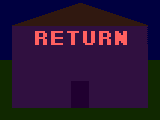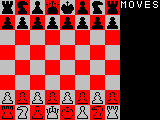Incorrect version:
-----------------------------------------
| C | U | B | E | S |
| 3/3 | 1.8/2 | 4.3/4 | 0.6/1 | 0.9/1 |
-----------------------------------------
| N |
| 1.1/1 |
---------
| D |
| 2.1/2 |
---------------------------------
| T | E | N | T |
| 0.8/1 | 0.6/1 | 1.1/1 | 0.8/1 |
---------------------------------
| R | O |
| 1/1 | 1/1 |
-----------------
| Correct version:
-----------------------------------------
| C | U | B | E | S |
| 3/3 | 1.8/2 | 4.3/4 | 0.6/1 | 0.9/1 |
-----------------------------------------
| N |
| 1.1/1 |
--------- ---------
| D | | A |
| 2.1/2 | | 0.9/1 |
---------------------------------
| T | E | N | T |
| 0.8/1 | 0.6/1 | 1.1/1 | 0.8/1 |
---------------------------------
| R | O | T |
| 1/1 | 1/1 | 0.8/1 |
-------------------------
| I |
| 1/1 |
---------
| C |
| 3/3 |
---------
|




